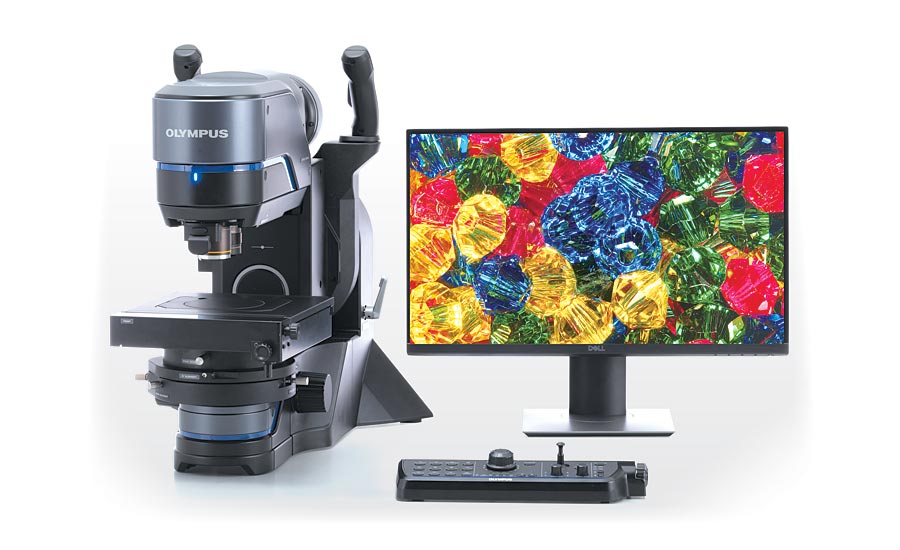

The microscope is called the OGP SmartScope. Physicists at CERN, the giant international particle physics laboratory in Switzerland, hope to find Higgs boson in the debris of particles smashed together within a new particle accelerator, the Large Hadron Collider (LHC).Īs part of Berkeley's contribution to an LHC experiment dubbed Atlas, Haber and Fadeyev have used a kind of super-microscope to inspect flat, dark wafers of silicon. That project, still ongoing, aims to detect a hypothetical subatomic particle, the Higgs boson in theory, the particle, named after physicist Peter Higgs, gives objects mass. The Berkeley scientists' site is The Berkeley scientists' work is a spin-off of a particle physics project. At the same site, which has no connection with the Berkeley researchers, one can also hear a 1910 tune sung by Sophie Tucker and a 1908 speech by future president William Howard Taft, who sounds less like one of those stentorian, larger-than-life presidents portrayed in movies than like an ordinary political hack at a rubber-chicken dinner. It was recorded in 1878 on a tin cylinder, and can now be heard online at http: //, a phonograph history enthusiasts' site. The oldest known surviving recording is of a talking clock. There are also purported recordings of poet Walt Whitman and populist politician William Jennings Bryan, but some experts have questioned their authenticity. Among them: the poet Alfred Tennyson, actress Sarah Bernhardt, nurse Florence Nightingale, Queen Victoria of England and Germany's leader in World War I, Kaiser Wilhelm. Tin- or wax-cylinder recordings still exist of some of the most famous figures of the 19th or early 20th centuries. Library of Congress, which is supporting the Berkeley research. The mold literally eats the wax," said Sam Brylawski, head of the recorded film section of the U.S. So far, "we've lost as many cylinders to mold damage as to breakage. The voices still exist, encoded on wax cylinders, if scientists could only perfect ways to recover them. Still, history buffs can't help daydreaming about the possibility of hearing the voices of Americans who witnessed a mythic era when the nation was young, a time when native tribes clashed with cowboys and cavalry in barren lands unmarked by superhighways, fast-food joints or casinos. "But as a scientist I'm always shy to state more than has been measured, or to be too speculative." Further work is needed to determine whether they can extract audible sounds from most damaged cylinders or early disc recordings. Haber cautions that he doesn't want to overpromise what the technique might eventually achieve. Then, with special software, they convert the varying groove shapes to sound. Rather, they use special microscopes to scan the grooves. They don't have to risk damaging a cylinder or wearing down its grooves by playing it on the original phonograph.

The great thing about the scientists' technique is that it's noninvasive. On the cylinder, what sounds like a barbershop quartet sings a sentimental tune called "Just Before the Battle, Mother." In their most impressive feat so far, they have extracted high-quality sound from a well-worn wax cylinder recording from 1912.
SMARTSCOPE DIGITAL MICROSCOPE HOW TO
Using a tool normally used for particle physics research, two scientists at Lawrence Berkeley National Laboratory, Carl Haber and Vitaliy Fadeyev, are investigating how to extract clear, audible voices from broken, mold-eaten and otherwise unplayable early recordings. These recorded voices of Americans from a legendary era - Americans who were old enough to recall slavery, the Civil War, the conquest of the American West and earlier national sagas - have been silenced not only by death but by the insatiable appetites of fungal mold and insects.īut perhaps not forever. Now, tens of thousands of those cylinders, stored in sites as diverse as temperature-controlled archives and dusty suburban attics, have deteriorated so badly that they're unplayable.


 0 kommentar(er)
0 kommentar(er)
